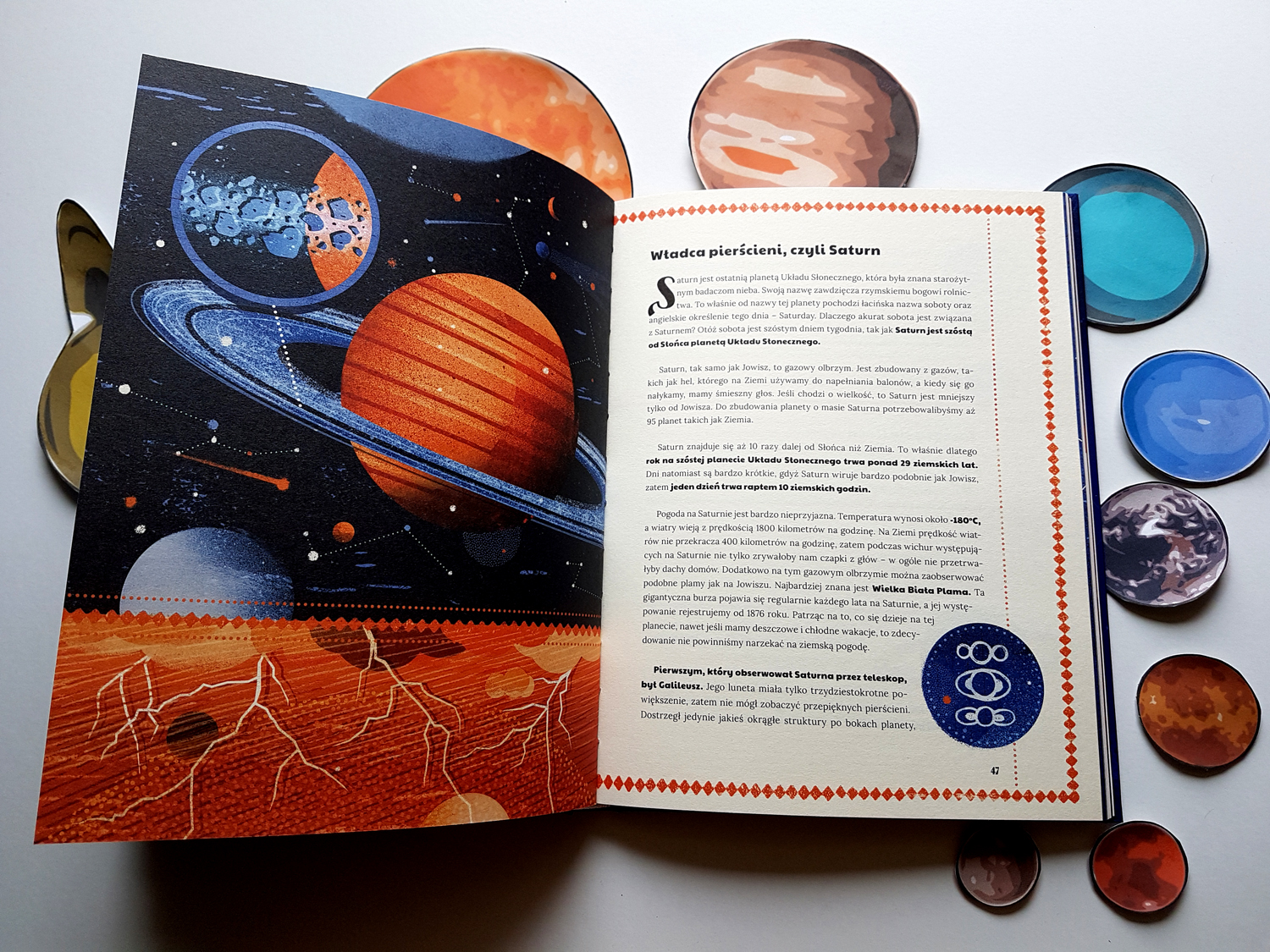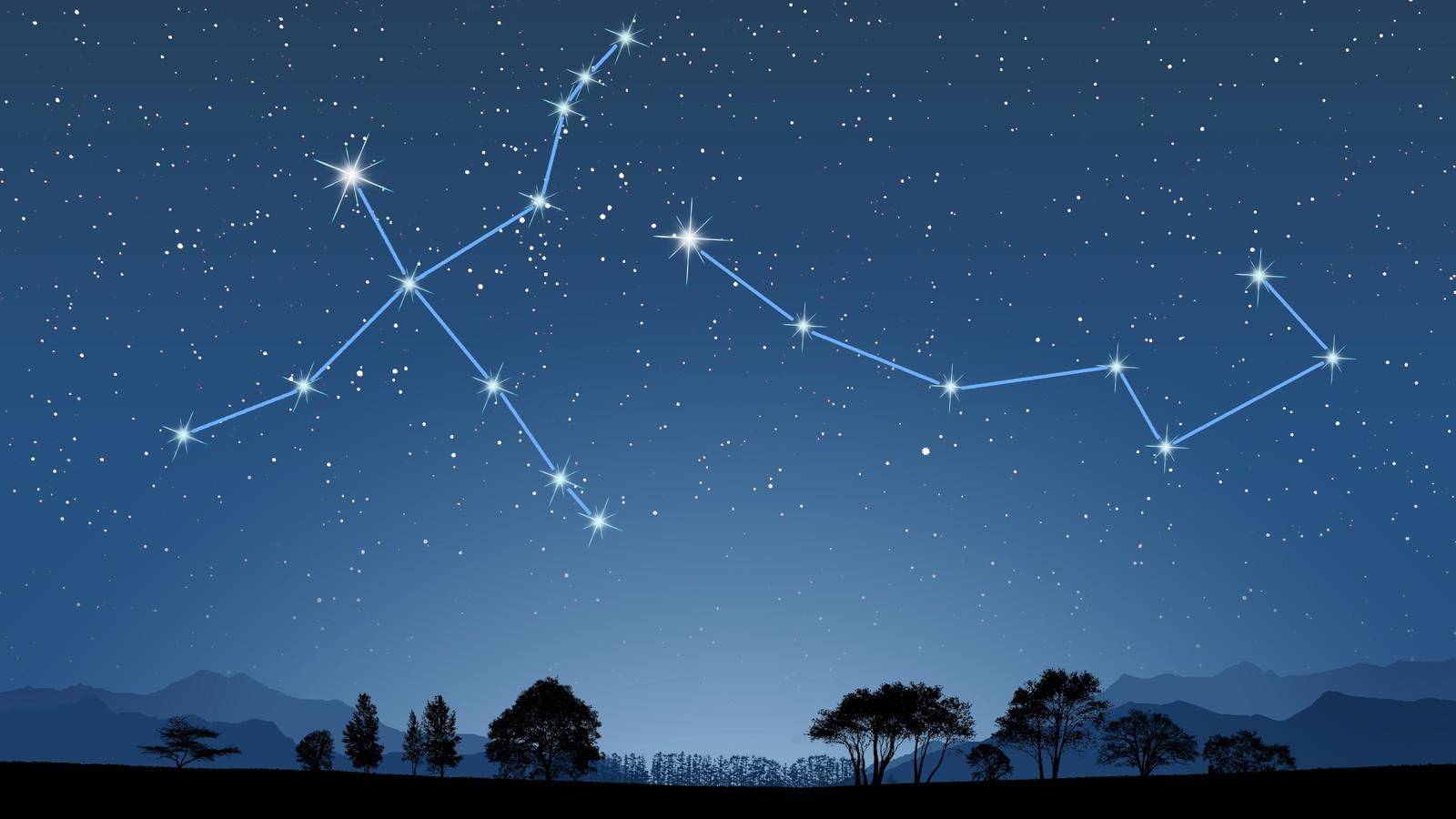The constellations – Know which are the easiest to see!
The term constellation comes from the Latin: com (gathering) and stellar (bright). Constellations are groups of stars that join imaginary lines and form a silhouette to which different cultures give different shapes.
The constellations that we know today in the West, and the 88 officially recognized by the International Astronomical Union, were the ones that the peoples of the northern hemisphere recognized, especially those of the Middle East.
Even so, all cultures, including those in the Southern Hemisphere, have recognized the importance of the position of the stars to their daily lives and each has named them after the typical forms of their culture.
The constellations helped to remember and recognize the stars that served as guidance for ancient navigators and desert travelers, as well as for the elaboration of agricultural and religious calendars.
To help in the transmission of their knowledge, myths were created that contributed to give a sacred character to their existence and, thus, to remember them.
Constellations vary in importance according to time or hemisphere (northern constellations, austral in southern hemisphere). In the Middle East, 5,600 years ago, the important constellations were Gemini, Virgo, Sagittarius and Pisces, but 3,000 years later they were Taurus, Leo, Scorpio and Aquarius.
Homer pointed out in the Odyssey four constellations of enormous importance in his time, eight centuries before Christ: Orion, The Bear, the Pleiades (in Taurus) and the Boy (Boötes).
Tips for Seeing the Stars
Astronomers recommend a number of very simple tips for beginning stargazers to make the experience more satisfying:
- If you live in a city, it is recommended to go up high, like the roof of a building, or to leave the city completely and look for a hill or go up in the countryside. Lights from advertising screens, cars and houses make it difficult to see.
- Instead of investing in a telescope, it is recommended to invest in binoculars. Although summer nights are more pleasant outdoors, the truth is that they can get in the way of observation due to fog or fog caused by humidity. Winter nights, and best when the moon is absent or rising, are ideal times.
- A map of the constellations can be an important first aid, as can smartphone apps that specialize in guiding the beginner. Below is the list of the main constellations that can be easily seen on a clear night.
The constellations – The Great Diver
Ursa Major is one of the constellations most used to locate north. Like Cassiopeia, it moves in circles around the North Pole, which is why they are called circumpolar.
Each civilization has designated this constellation in its own way and according to its mythology, but interestingly,
Native North American Indian tribes also identified it with a bear followed by its three cubs (the stars Alioth, Mizar and Alkaid). Alioth or Alioz is the brightest, with a magnitude or brightness of 1.76, followed by Dubhe or Dube, a multiple star system with a magnitude of 1.81 and located 124 light-years away from the Sun. Merak points to the pole star.
For more dedicated observations and with telescopes, the galaxies M81 and M82 stand out, in addition to the nebula M97, also known as the Owls Nebula.
Homer describes it in the Odyssey, eight centuries before Christ, calling it Chariot, as it is popularly known to this day. In its mythological aspect, this constellation is associated with the nymph Callisto, transformed into a bear by the jealous Hera, wife of the unfaithful Zeus, who places her in the skies to prevent her from being hunted.
The constellations – Ursa Minor
Although visible only from the northern hemisphere, Ursa Minor has been a recurring constellation for navigators, as its best-known star is the Pole.
This, being in the extent of the Earth’s axis, remains fixed in the sky and indicates the geographic North Pole. In addition, Ursa Minor can be very useful in navigating to know the time of year without the need for calendars.
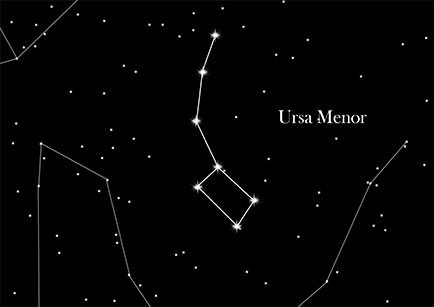
The Polo Star is not the same star that is known today (Alrucacaba). 5,000 years ago it was Thuban in the constellation of the Dragon (Draco); in the Middle Ages the stars Kochab and Pherkad were more accurate in pointing north and this is due to the movement of precession (oscillation) of the Earth.
Mythologically, it can be associated with the Arcade Hunter turned into a bear by Zeus to stop him from killing his mother Callisto (Ursa Major).
Taurus constellations
Taurus is one of the best-known constellations since antiquity, as it contains the Pleiades, a star cluster with religious roots in all cultures on the planet, in addition to the Hyades. 5,000 years ago, spring began in Taurus.
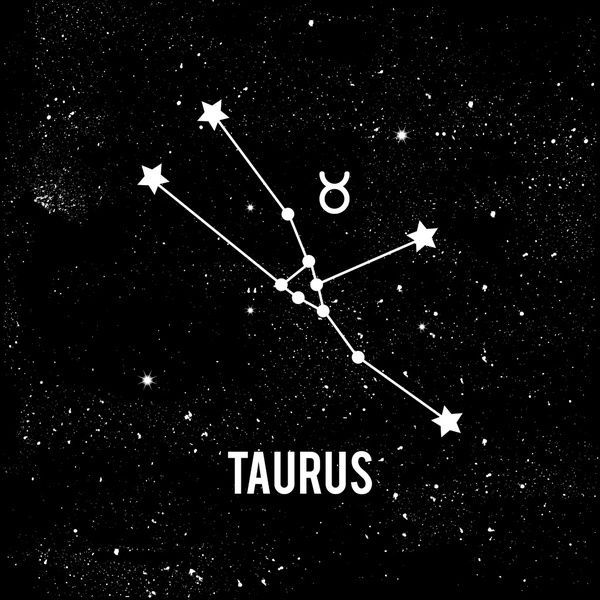
Its recognition dates back, at least, to the Paleolithic (interpreted in the rock paintings of Lascaux, France, and Altamira, Spain). Among the brightest objects it contains are Aldebaran, Alnath and the Crab Nebula, remnants of a supernova that exploded about a thousand years ago.
Its mythical reminiscence resembles the form Zeus takes to seduce Europa, although it can also be associated with Egyptian mythology where the bull is one of the forms of Osiris.
The Pleiades and Jacobs also find a celestial mythological reference in the seven daughters of Atlas and Pleyom, and in the eight sisters of the hunter Hyas for whose death they mourn in heaven for all eternity.
Orion
For many fans, it is the most beautiful constellation in the sky. It is also known as El Cazador or La Catedral del Cielo, due to its great visibility in both hemispheres, as seen in the northern hemisphere in winter and in the south during the summer.
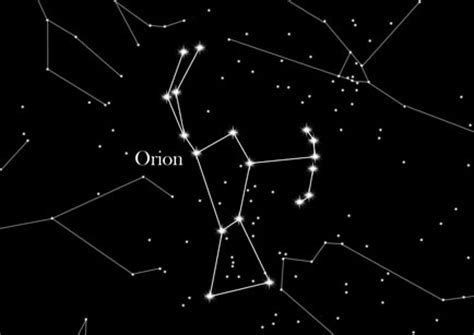
This constellation is associated with a multitude of representations in ancient cultures, especially with Sirius in the constellation Canis Major, a sacred star for the Egyptians that was always accompanied by Orion in its evolution through the night skies.
The brightest stars in this constellation are: Rigel and Betelgeuse. As a celestial myth, its name comes from a giant engendered from the urine of Zeus, Poseidon and Hermes.
Leo constellations
The constellation of Leo is one of the brightest in the Zodiac. It is a constellation of spring in the northern hemisphere and autumn in the south.
In addition to bright stars, the amateur can find a large number of galaxies within its perimeter. Its main star is Regulus, known as “the heart of the lion”, 240 times brighter than the Sun.

In celestial mythology, Leo corresponds to the Nemean Lion, an animal that Hercules killed with his own arms as part of the 12 labors to which he had to submit.
Regretting having murdered his family in a moment of madness, Hercules had to work hard for 12 years and perform 12 difficult tasks. Zeus placed the lion in the sky honoring his Herculean son.
Scorpio the constellations
Among astronomers’ favorites is the constellation Scorpio, as the figure drawn by its stars is easily associated with a scorpion, particularly its tail.
It is easily seen in the summer in the northern hemisphere and in the autumn in the south; its brightest star is Antares, a red supergiant known as the heart of the scorpion.
His appearance in the sky signaled the harvest time for Egyptian culture. The celestial mythology of this constellation tells that this is the scorpion that kills Orion, and so when the scorpion appears in the east, Orion is hidden in the west.
Only Aclepius (the constellation of Ophiuchus) heals Orion and tramples the scorpion, after which the hunter reappears in the sky.







